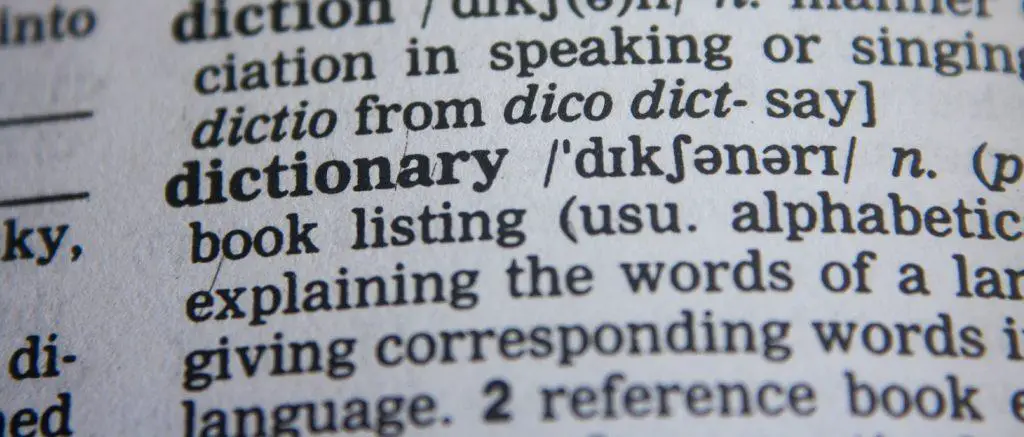Difference Between TESOL and TEFL – Introduction
If you’re thinking of becoming an English teacher you will have seen these terms a lot. You will often see them used interchangeably and the question “What’s the difference between TESOL and TEFL” frequently arises.
You could also see the term TESL, which stands for: Teaching English as a Second Language. This term is not as common as the other two and won’t be addressed in this article.
This video is based on this post and is for people who prefer content as a video.
What is TESOL?
TESOL stands for: Teaching English to Speakers of Other Languages.
It is an essential field in education that focuses on teaching English to non-native speakers. TESOL programs are designed to equip teachers with the necessary skills and strategies to effectively teach English language learners.
One of the key differences between TESOL and TEFL (Teaching English as a Foreign Language) is the target audience. TESOL caters to individuals who are living in English-speaking countries or plan to relocate to an English-speaking country, while TEFL is more focused on teaching English in countries where English is not the primary language. This distinction is important as it influences the teaching methods and techniques used in each setting. Despite this difference, TESOL and TEFL share many similarities and overlap in their goals and approaches to teaching English as a second language.
Imagine Jane, a passionate educator who wanted to make a difference in her community. She pursued a TESOL certification and found herself teaching English to a group of adult immigrants in her hometown. Through her TESOL training, she gained a deep appreciation for the linguistic diversity within her class and developed effective teaching strategies to meet their unique needs.
In summary, TESOL is an area of study and practice that prepares educators to teach English to speakers of other languages in English-speaking countries, or to individuals planning to relocate to an English-speaking country. It is distinct from TEFL, which focuses on teaching English as a foreign language in non-English speaking countries. Understanding the difference between TESOL and TEFL is crucial for individuals interested in pursuing a career in English language education.
What is TEFL?
TEFL stands for: Teaching English as a Foreign Language.
It’s a specialised field within the broader scope of English language teaching. It focuses on training educators to teach English to non-native speakers in countries where English is not the primary language. The main goal of TEFL is to equip teachers with the necessary skills and strategies to effectively teach English in a foreign context.
One of the key differences between TEFL and TESOL, or Teaching English to Speakers of Other Languages, lies in the target audience.
TEFL is primarily concerned with teaching English to individuals who live in non-English speaking countries, whereas TESOL encompasses a wider range of learners, including those who reside in English-speaking countries. This distinction reflects the unique challenges and considerations that teachers face when working with learners in different linguistic and cultural environments.
One inspiring story that illustrates the power of TEFL certification is that of Sarah, a recent graduate who decided to embark on a journey to teach English in South Korea. Armed with her TEFL certification, she was able to secure a fulfilling job and immerse herself in a new culture while helping students improve their English skills.
TEFL focuses on equipping teachers with strategies and techniques specific to teaching English in a foreign language context.
So what is the difference?

TEFL and TESOL are two commonly used terms in the field of English language teaching. While they may sound similar, there are some key differences that set them apart. The main difference between TEFL and TESOL lies in the target audience they cater to.
Essentially, the difference is this:
- TEFL is when the teacher is in the foreign country.
- TESOL is when the students are in the foreign country.
TEFL, or Teaching English as a Foreign Language, is focused on teaching English to non-native English speakers in countries where English is not the primary language. This includes countries like China, Spain or Brazil, where English is taught as a secondary language.
On the other hand, TESOL, or Teaching English to Speakers of Other Languages, encompasses the teaching of English to non-native English speakers in countries where English is the primary language. This includes countries like the United States, England (UK), Canada or Australia, where English is taught to immigrants, international students or refugees.
TESL has largely been replaced by TESOL, which is an attempt to combine both.
It’s easy to see why this is the case. In both cases, a teacher is teaching students who don’t speak English as a first language.
The only real difference is that for TEFL, the students tend to be from the same country and with TESL, they tend to be more mixed in their backgrounds.
This will make a difference to the teacher outside of the class (living and working in a foreign country, as opposed to ‘at home’), but as far as the courses are concerned, there is no reason why there should be any change in approach or material.
Ultimately, in my very humble opinion, it doesn’t matter which course you do. Some bodies even ask you which you want on your certificate at the end of the training.
For more information, you might find this Wikipedia article interesting.
Similarities Between TESOL and TEFL
While there are clear differences between TESOL and TEFL, there are also several key similarities that cannot be overlooked.
Both TESOL and TEFL certifications focus on equipping individuals with the necessary skills and knowledge to teach English to non-native speakers. Whether it is in a foreign country or within an English-speaking environment, both certifications provide candidates with a strong foundation in teaching methodologies and classroom management techniques.
Another similarity between TESOL and TEFL lies in the fact that both certifications are widely recognized and accepted worldwide.
This means that once certified, individuals have the flexibility to work in a variety of countries and educational settings. Whether one is interested in teaching English to adults in Korea or children in Brazil, both TESOL and TEFL certifications open doors to exciting opportunities around the globe.
However, it is important to note that while the similarities between TESOL and TEFL are significant, it is crucial to carefully consider the specific requirements and focus of each certification before making a decision on which one is the best fit for individual career goals.
Which Certification Is Right for You?
TEFL certification is primarily designed for individuals who plan to teach English in countries where English is not the native language. It focuses on equipping teachers with the necessary skills to teach English to non-English speakers. On the other hand, TESOL certification places more emphasis on preparing teachers to work with English learners who reside in English-speaking countries. While there is some overlap between the two, the main difference lies in the target student population.
Each certification has its advantages and it ultimately depends on your personal preferences and career plans. Considering factors such as the location where you desire to teach and the type of students you wish to work with will greatly assist in making an informed decision. Whether you choose a TEFL or TESOL certificate, both will provide you with the skills and knowledge needed to embark on a successful teaching journey abroad.
Difference Between TESOL and TEFL – Conclusion
While both certifications equip individuals with the necessary skills and knowledge to teach English as a second or foreign language, they have distinct focuses. TEFL primarily emphasizes teaching English to non-native speakers in English-speaking countries, whereas TESOL encompasses English language teaching in both English-speaking and non-English-speaking countries.
Despite these differences, it is important to note that TEFL and TESOL certifications share many similarities. Both certifications provide educators with pedagogical knowledge and practical teaching skills necessary for effective English language instruction. Additionally, both certifications require individuals to demonstrate their ability to design and deliver engaging and interactive lessons, as well as assess students’ language proficiency. Overall, the choice between TEFL and TESOL certification ultimately depends on one’s desired teaching context and career goals.
Ultimately, the difference between TESOL and TEFL (and TESL) are minimal and should not really be a decisive factor in choosing a course.
The course content is far more important and this will be covered in this next article.


